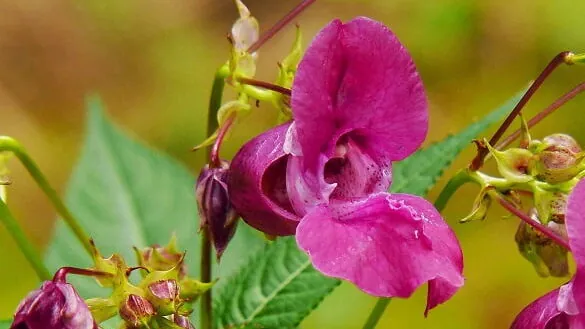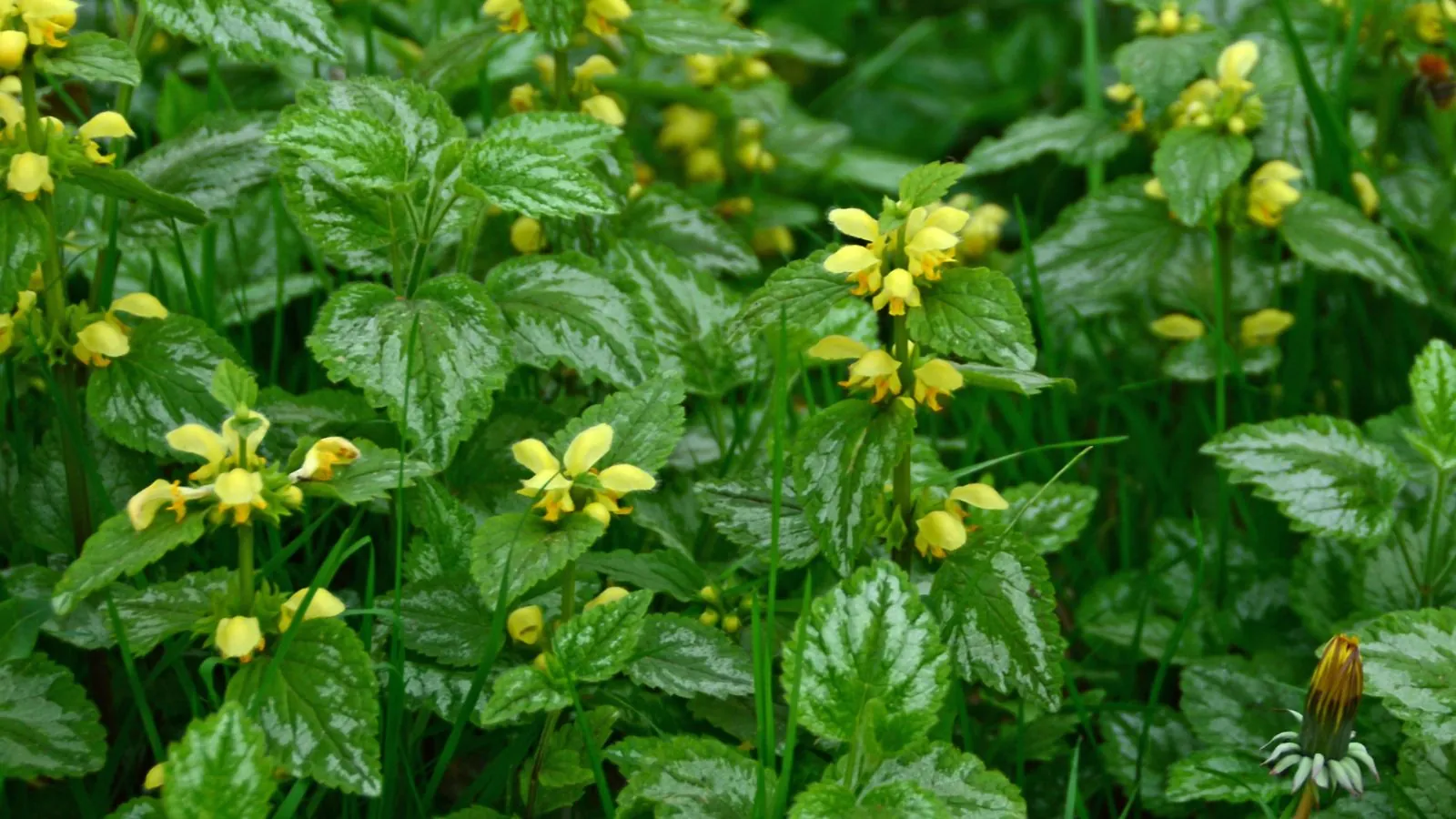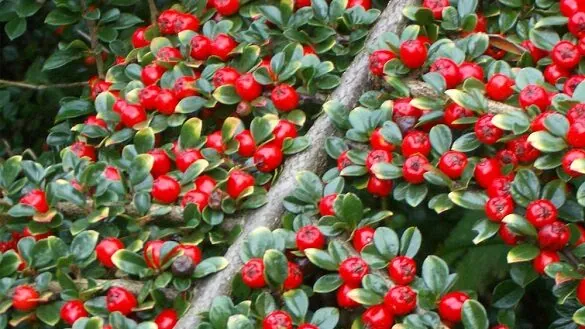In the UK today, there are around 2000 invasive non-native species (INNS), a number that expands by at least 10 new species annually. Imported intentionally and accidentally over decades, these alien plants, animals, and fungi now exact a substantial economic and environmental toll. In 2023, research revealed the annual cost to the UK economy to be £1.9 billion due to invasive species, and the second-largest cause of global biodiversity loss according to the UN Development Programme.
Plants form a significant proportion of these problematic invasive species. While regulated in their native habitats by climate, soil conditions, and natural predators, transplanting them to new environments where these controls are absent, means they can quickly outcompete the native flora. Detrimental effects on invaded ecosystems range from biodiversity reduction and species extinction to pest proliferation, increased CO2 emissions, and impacts on human health and built environments.
Alarmingly, scientists estimate that the UK has lost half of its biodiversity since the Industrial Revolution, with a further 16% of current species at risk. While intensive farming and climate change are major drivers, habitat degradation and pressure from invasive species also wield significant impact, particularly on a local scale. The UK Government has also set a world leading target to halt the decline in species by 2030, under the Environment Act 2021. Tackling the threat posed by INNS to native biodiversity will be key to meeting these targets and will drive action to recover native species.
How can you help?
Whilst we are now familiar with the concept of getting rid of some invasive plants like Japanese knotweed and Giant hogweed – the driver is largely anthropocentric – i.e. protecting our property or our health – rather than for any explicit environmental gain. But there are numerous other invasive plants which are equally, if not even more, problematic to the environment that simply do not receive the same attention. If you want to help reverse the UK’s biodiversity crisis, then why not do your bit by removing all the INNS from your property and allow some native plants to repopulate the space. By allowing small pockets of your garden to be left undisturbed, with leaves and even a few weeds(!), you’ll be helping to create key wildlife corridors for birds, insects and small mammals – and you may even be rewarded with the sighting of a hedgehog! These once common garden friends have seen a huge decline, with a population reduction of 95% since the 1970s.
Identifying plants to remove
The first step is identifying what you have in your garden. A huge proportion of our garden plants are non-native – but that doesn’t make them a problem! There are however some common species found in UK gardens that are listed on Schedule 9 of the Wildlife and Countryside Act 1981, making it an offence to plant, or spread them into the wild. It is also an offence to dispose of any viable cuttings, seeds, roots, or soil that may contain viable propagules to non-licensed facilities though unlicensed contractors (e.g. – your council waste collection service).
Whilst the plants in the list below are relatively straightforward to tackle and remove via DIY methods, you will need to consider how you are going to dispose of them safely. For large areas, or multiple species, professionals like Environet will be able to help.
There are however a number of species that we do not recommend you tackle without professional help. These being Giant hogweed (and its relatives), Japanese knotweed, and well-established areas of running bamboo. If you think you are affected by one of these species, you need to arrange a survey and professional removal.
Plants to remove:
Himalayan balsam

Problem: Himalayan balsam produces thousands of fertile seeds every year, meaning that the plant tends to compete fiercely with native plants for essential resources such as light, nutrients, pollinators, and space, resulting in the exclusion of other plant species.
Location: Widely distributed throughout the UK. Most often found in wet, humid conditions – e.g. on properties near water courses.
Solution: Effectively controlled by regular pulling or cutting. Quickly gets out of control and can easily re-establish via water/wind borne seeds so regular monitoring is essential.
Variegated Yellow Archangel

Problem: Left uncontrolled, Variegated Yellow Archangel can dominate borders and particularly shady and woodland areas, where it outcompetes its native counterpart. Spreads quickly via creeping horizontal runners that easily form new infestations via accidental spread of fragmented roots.
Location: Widely distributed throughout the UK. Likes shady locations but will grow virtually anywhere.
Solution: Controlled by systematic weeding, and/or herbicide treatment for larger areas. Quickly gets out of control and can easily reestablish from root fragments so regular monitoring is essential.
Montbretia Crocosmia

Problem: Montbretia primarily spreads through seeds and via chains of corms (bulb like structures), making it challenging to detect its expansion until leaves and flowers appear. While it can cause minor damage to structures, the real concern is its endemic presence in British habitats. Unchecked, Montbretia easily outcompetes native flora, leading to a substantial impact on local wildlife and ecosystems.
Location: This species loves the sun, and prefers moist, but well-drained soils, which is why it can be found along hedgerows and in coastal areas. That being said, it’s common place in parks and gardens across the UK.
Solution: Options include digging or using herbicides. Digging can be challenging due to deep, conjoined corms, beyond the reach of typical gardening tools. Herbicides can control smaller infestations, but the intricate network of corms may lead to uneven application.
Three-cornered Garlic

Problem: The plant’s aggressive growth raises environmental concerns as it outcompetes native plants and disrupts ecosystems. Its invasiveness results in habitat disruption, harming biodiversity and limiting resources for native flora and fauna. The lack of natural predators and its dense colony formation add to its potential harm in the local environment.
Location: Widespread in the UK, it commonly grows in woodlands, meadows, gardens, and along road verges. Its adaptable nature allows it to thrive in various habitats, but it prefers shady locations.
Solution: The most effective DIY methods are herbicide treatments or manual digging. However, please note that herbicides can temporarily halt its spread and that repeated treatments are necessary. For complete eradication, professional assistance is recommended, as it requires mechanical methods, such as excavation, to fully remove the plant and roots. Due to the hazardous nature of the plant’s waste, professionals can also ensure responsible disposal.
Cotoneaster

Problem: There are many different varieties of cotoneaster – so you’ll need to check our ID page to determine if you’ve got one of the invasive ones. The berries (and therefore seeds) of these varieties are prolific and spread easily via birds. Once established, they grow quickly, forming dense thickets, and outcompete native plants. Growing out from cracks and crevices in buildings and walls, their roots and stems can also cause damage.
Location: Many different varieties of cotoneaster can be found across gardens throughout the UK and is a popular choice for borders, walls, and hedges. Because the plant thrives in shallow soil and can withstand various environmental conditions, it grows pretty much anywhere!
Solution: Chemical control is effective for eliminating smaller plants, but it may not eradicate entirely their underlying root system and any fallen berries. Digging up the soil is crucial to remove these elements. For well-established and larger Cotoneasters with deep and extensive root systems, mechanical excavation is often the most effective solution, especially for varieties like the Wall Cotoneaster, which may have thick woody roots resembling a tree more than a shrub.
Have you have identified the presence of any of these plants on your property and feel you need some professional help controlling or removing your infestation? Simply contact Environet’s team on 01932 868 700 or email us at expert@environetuk.com





